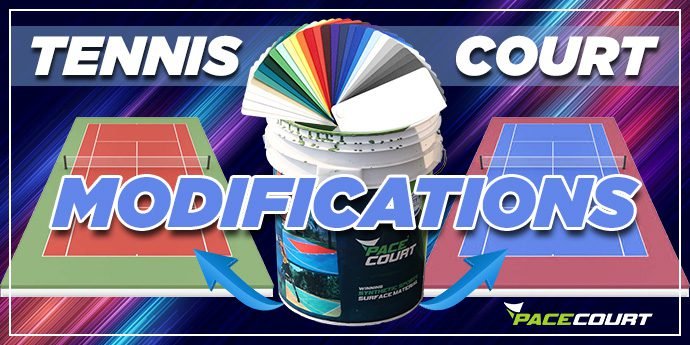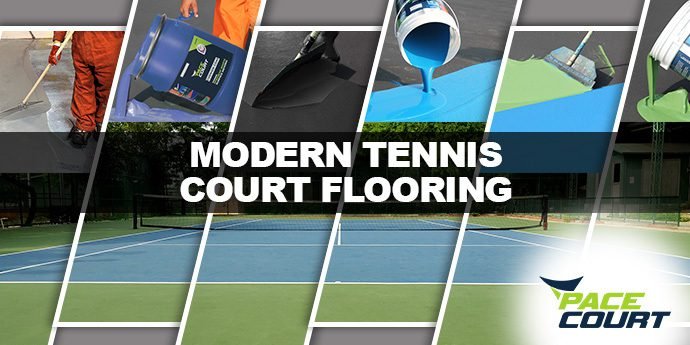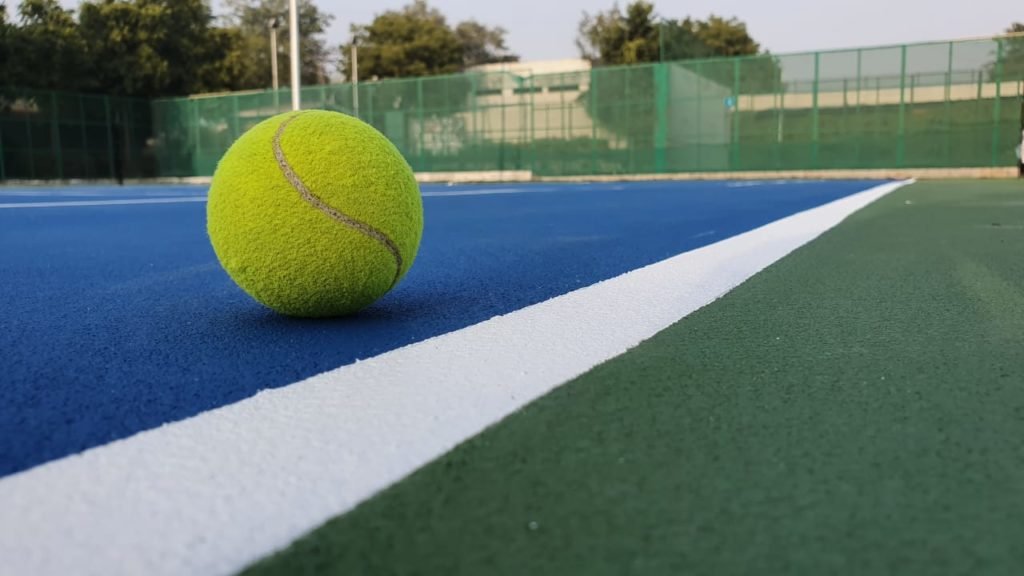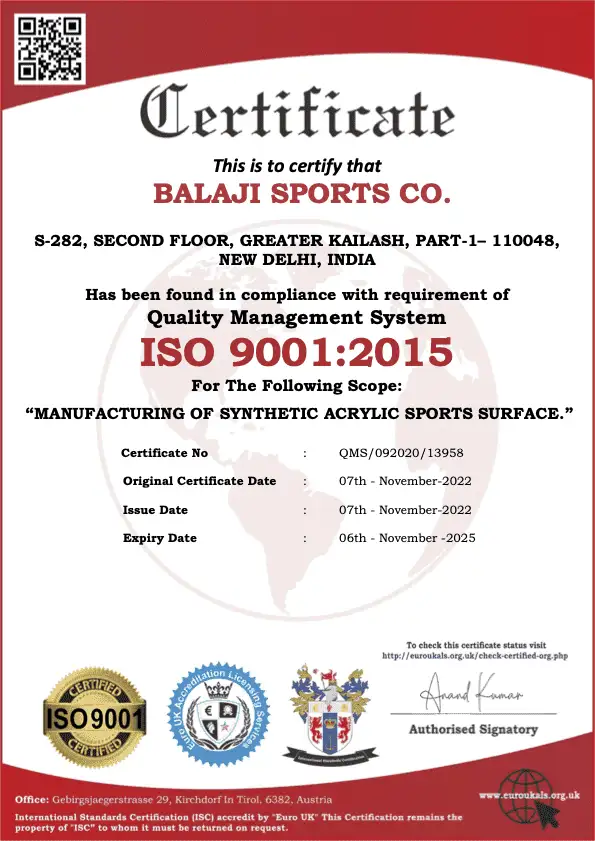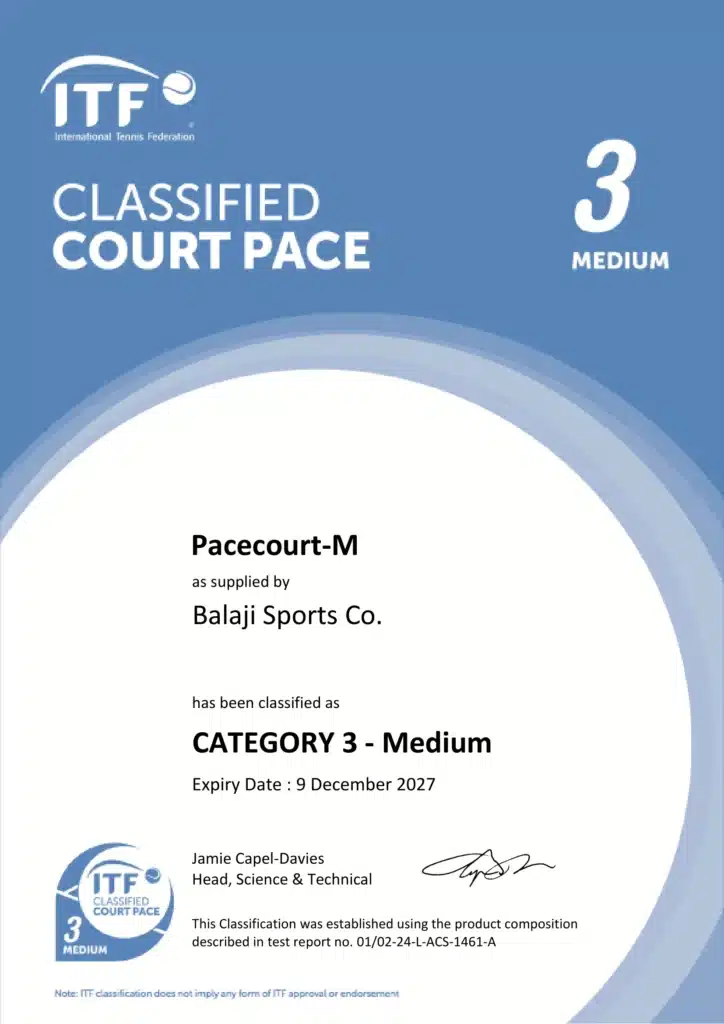Modify The Tennis Court With These Steps
To modify a tennis court is challenging because it directly impacts the players’ experience and game performance. With the changing times, many products are ideated that can bring a true transformation and that you should consider implementing in 2024. Modify Tennis Court with These Trends Modifying the tennis court flooring is always a bone of contention because what may attract the player might not be suitable for the sports court surface and vice versa. Hence, Pacecourt has created a lineup of products that curates the balance between the player and sports court surface. Let’s start unfurling the ideas on how to make transformation. Shock Absorbing Court Surfaces The sudden jerks and movements while playing tennis can result in fatigue, injuries, and much more. Hence, to minimize these dangers there is a need to upgrade the court. Hence, many courts today are designed with shock-absorbing properties to reduce players’ fatigue and enhance the experience. These surfaces are coated with materials or have specialized materials that absorb the sudden shocks and let the players make the most on the field. One of the most popular shock-absorbing products is the Pacecourt Cushion Coat. The cushion coat is designed to provide the player with greater comfort. It makes the surface more forgiving, durable, and long-lasting. How to Apply? Before applying the cushion coat, you need to follow the below-mentioned steps- Coloring the Court Another upgrade or modification that most tennis court owners should aim at is to color the tennis court. The painting of the court lends it an aesthetic appeal and even hides its flaws. A good color coat has many supportive features that overhauls the players experience like some of them have anti-skid properties to prevent players mishap, moisture absorbent properties so that the sports court surface does not get damaged even during the challenging weather conditions. Pacecourt offers innovative color coating products as per bespoke client needs. The product is made from acrylic emulsion pigments, top polymers that result in highly effective coating and it is environment friendly too. How to Apply Paint? Line Marking Unless you live under the rocks, you might know that every professional tournament requires line marking. These markings demarcate the players area and let them stand well within their position. It also saves the players from potential hazards. Hence, the numeruno sports surface company has designed a line marking that stands tests of time and weather conditions. With our line marking services, you can ensure that every line is placed straight and meets specific sports requirements. These markings are made in minimal time and it dries fast. So, now you don’t have to wait for long to let the markings dry. How to apply? Before initiating, we consult the specific requirements and details. Then, the team designs the line marking, keeping your professional demands in mind. Then, we clean the surface and apply it. It will dry, and then a final inspection is made to guarantee the accuracy of the work. Removal of cracks Today, the courts want to deliver experience; hence, unlike in olden times, an effort is made to make it smooth. Hence, many products are manufactured that make the sport surface smooth and easy to play on. Pacecourt Deep Patch is one such innovative product that fixes and repairs undulations of the court surface. With them, you can achieve perfection, a long lifespan and a durable court. How to apply? The product is applied on bitumen or concrete surfaces while doing tennis court construction. Once applied, it becomes a solid level base, and then consecutive layers are uniformly applied. Conclusion Tennis Court upgrade or to modify a tennis court is a valuable investment that pays off in terms of players’ safety, comfort, and satisfaction. By staying up-to-date with the latest trends, technology, and products, the facility owner can change the experience and engage in long-term success. So, if you seek to modify your court, your search stops here at Pacecourt. We supply a wide range of tennis court products to take your game to the next level. Don’t wait any longer; call us to make a visible transformation liked by all.

